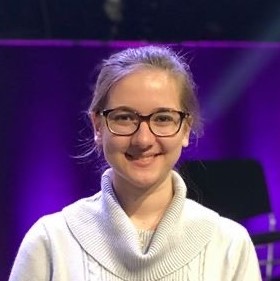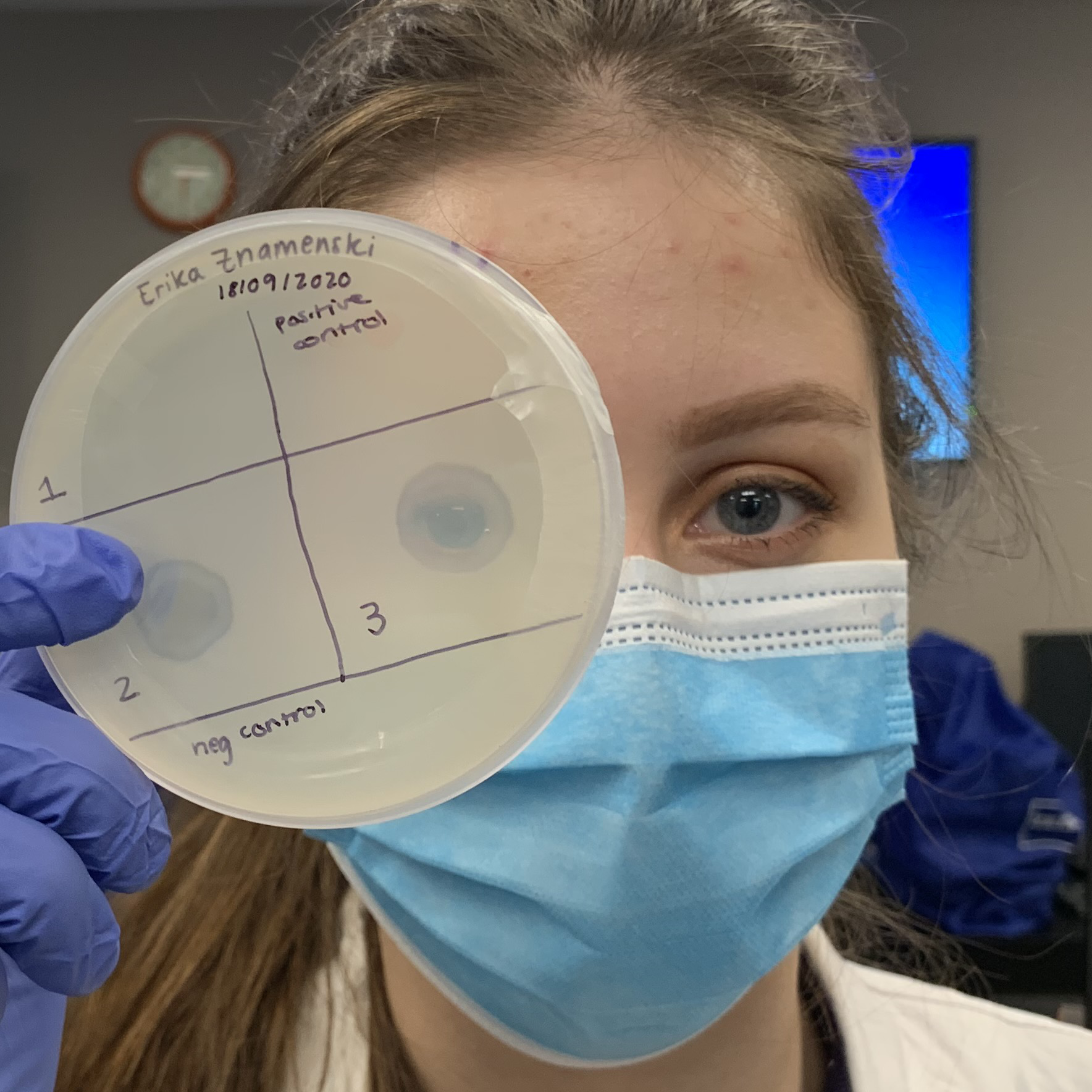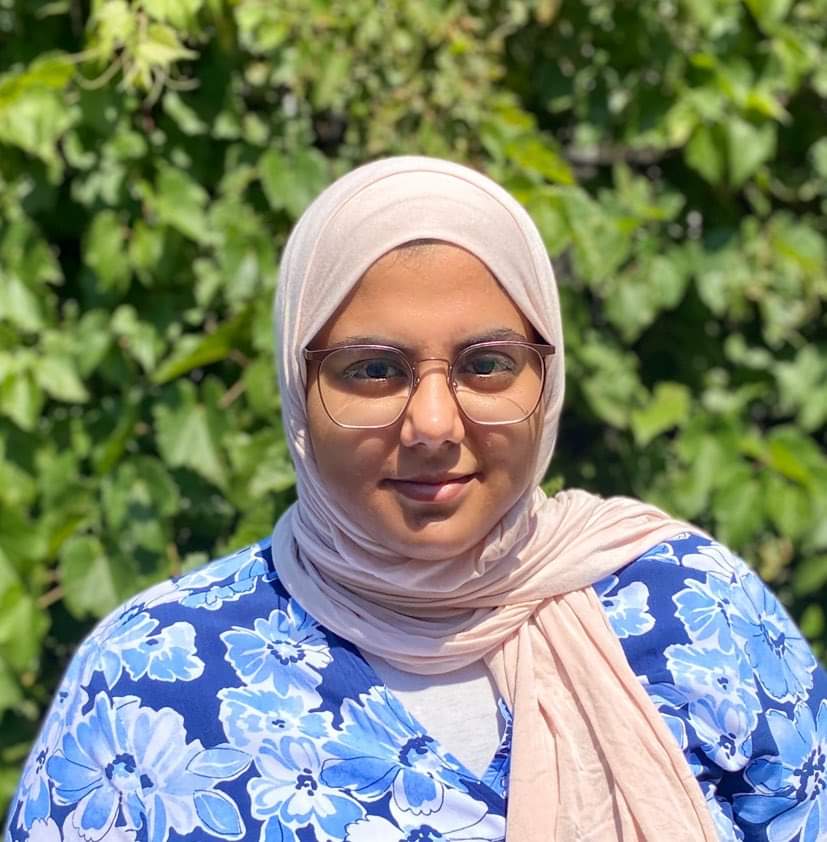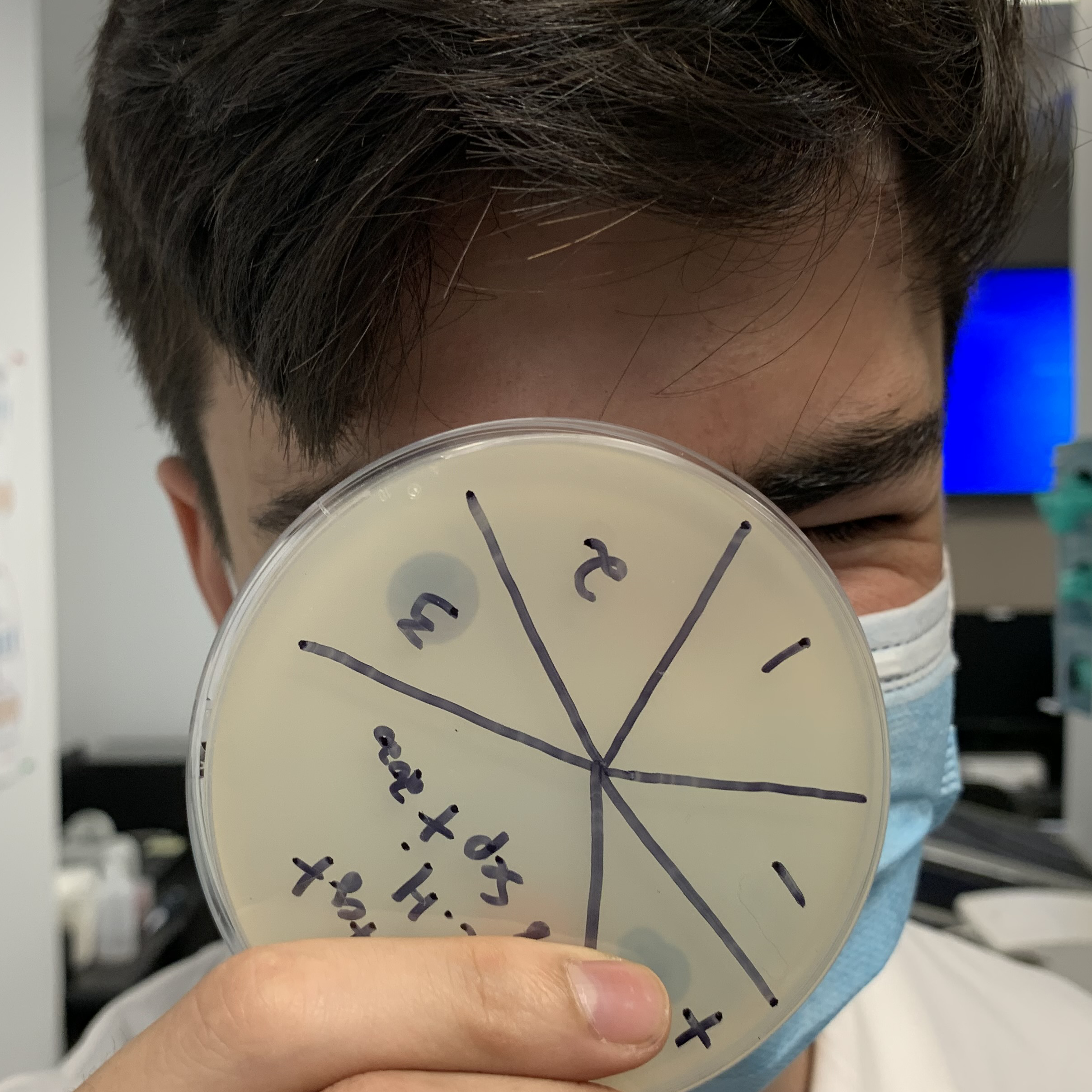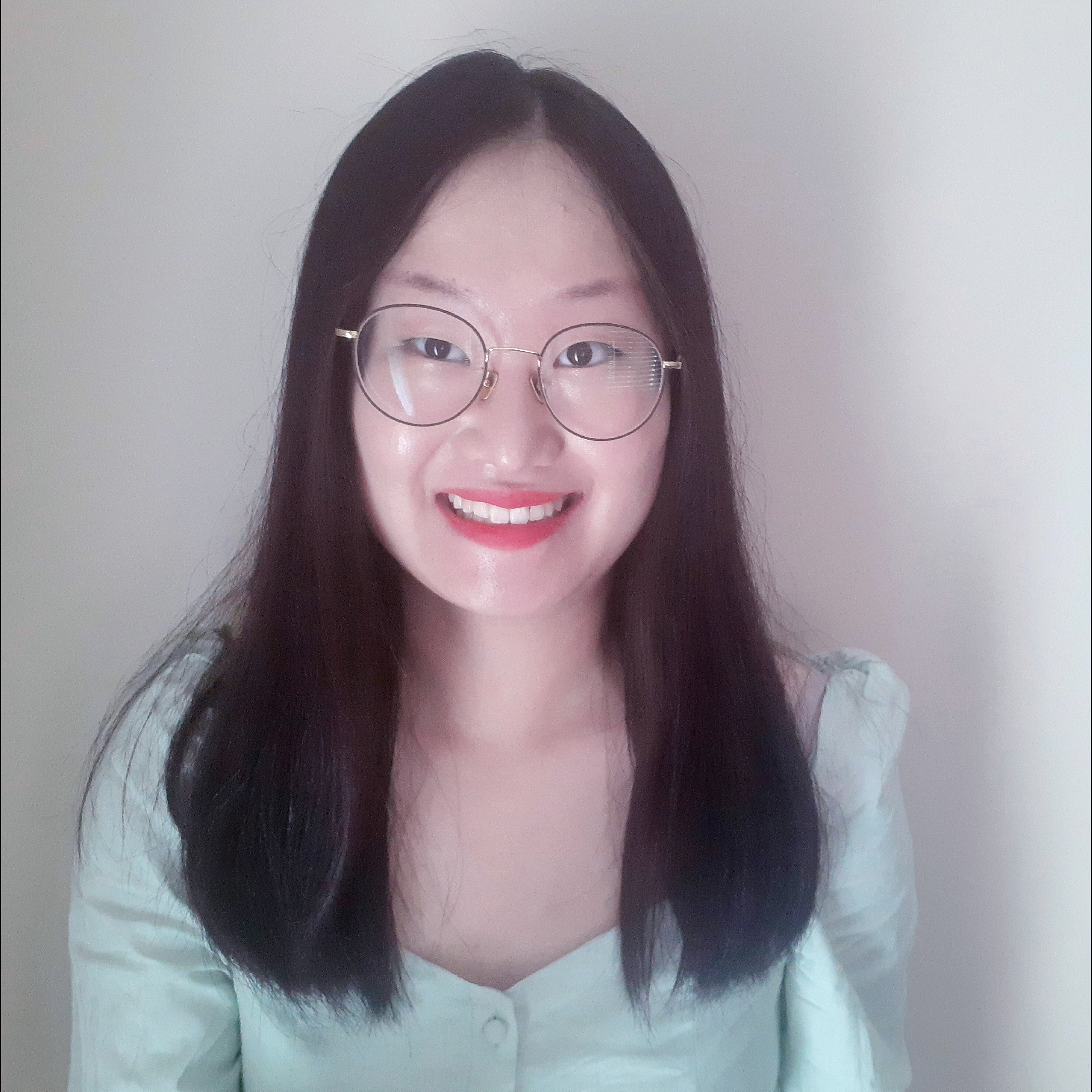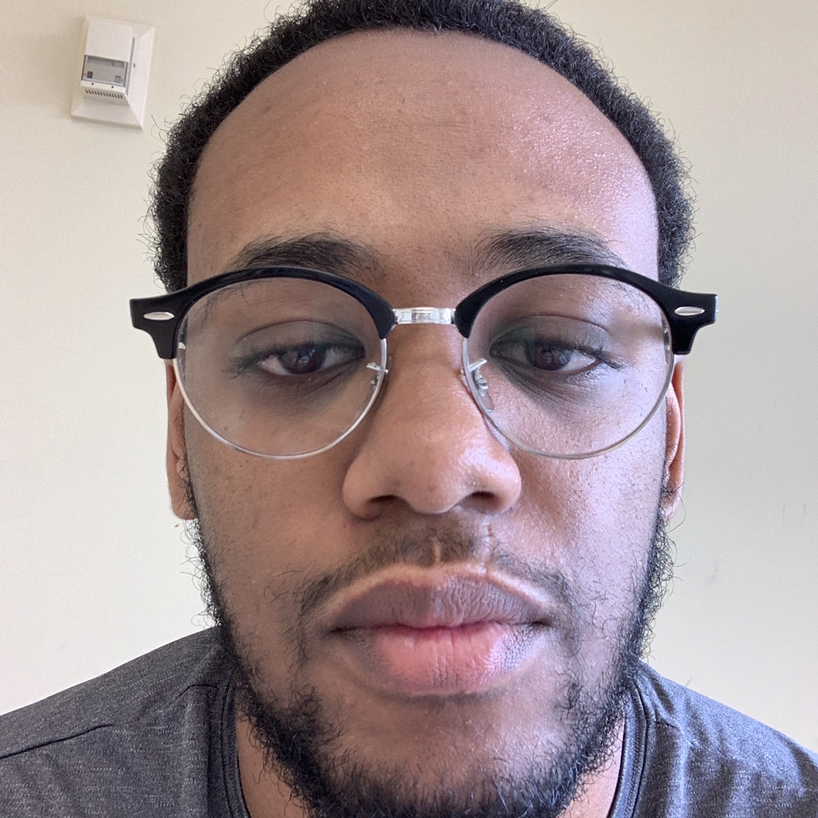Below is a summary of the abstract you submitted. Presenting author(s) is shown in bold.
If any changes need to be made, you can modify the abstract or change the authors.
You can also download a .docx version of this abstract.
If there are any problems, please email Dan at dar78@pitt.edu and he'll take care of them!
This abstract was last modified on March 16, 2021 at 11:10 p.m..

Bacteriophages are viruses that infect bacteria and have evolved to be highly specialized at targeting specific strains of bacteria. As part of the SEA-PHAGES Program, students from the University of Ottawa isolated and characterized bacteriophages which target Arthrobacter globiformis, a bacterium that is gram-negative during the exponential growth and gram-positive during the stationary phase of its life cycle. One of the phages isolated during the Fall 2020 semester is actinobacteriophage Zeina — the first member of the novel AU6 subcluster.
Phage Zeina is a lytic phage with an elongated capsid and siphoviridae morphology. It was isolated from a sample of soil collected near a local pond in Barrhaven, Ottawa in an area where daisies were growing. Zeina was characterized by plaque morphology, restriction digest of its genome, and Transmission Electron Microscopy (TEM). Sequencing of phage Zeina’s genome revealed a genome length of 55,017 base pairs with 50.3% GC content, of which there are 97 putative genes, including 33 orphams.
Gene Content Similarity (GCS) results revealed that Zeina shares ~40% of the phams in its genome with AU cluster phages, and therefore became the founding member of the new AU6 subcluster. In addition to its similarity with the AU cluster, phage Zeina also has genes that belong to phams seen in Arthrobacter phages from the DJ, AW, and AM clusters. Moreover, in addition to sharing some of its genome with other Arthrobacter phages, Zeina also shares a noticeable amount of gene similarity with phages that infect Gordonia, Streptomyces, and Rhodococcus.
Here we report our progress on the genome annotation of phage Zeina. Gene annotation was completed using PECAAN, Phamerator, PhagesDB, NCBI BLAST, and HHPred. Using our genome annotation, we are investigating several aspects of phage Zeina’s biology: 1) Do any of the 33 orphams reveal novel properties of the Zeina life cycle? 2) Can we determine why we have not been able to isolate a Zeina lysogen? 3) Why are all tested Arthrobacter lysogens sensitive to Zeina infection?

